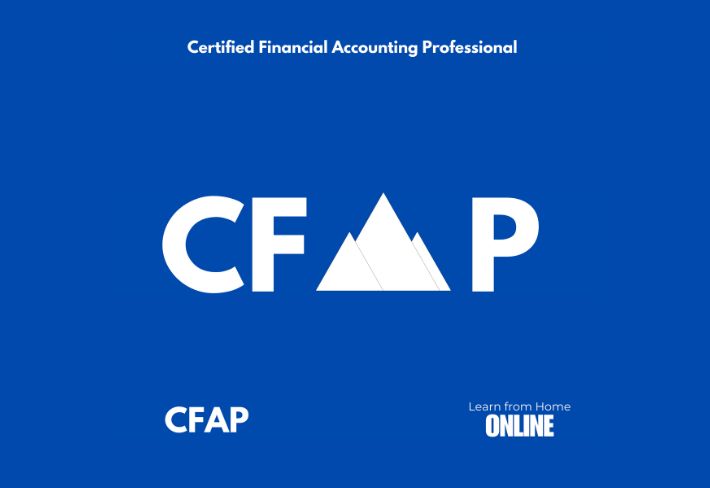
What you'll learn
The Certificate in Financial Accounting Professional (CFAP) aims to equip learners with the foundational knowledge and practical skills required to excel in the field of financial accounting. This program is meticulously designed to bridge the gap between theoretical principles and real-world applications, empowering participants to analyze, record, and present financial information accurately and effectively. The course seeks to: 1. Build a Strong Foundation in Accounting: Establish a solid understanding of accounting principles, concepts, and frameworks, enabling learners to comprehend the essential role of accounting in business operations. 2. Prepare Globally Competent Professionals: Provide insights into internationally recognized standards such as IFRS and IAS, ensuring learners are prepared to work in dynamic and globally interconnected financial environments. 3. Enhance Analytical and Problem-Solving Skills: Foster the ability to critically analyze financial data, identify discrepancies, and make informed decisions that add value to an organization. 4. Enable Practical Application of Knowledge: Develop the capability to prepare and interpret financial statements, perform reconciliations, and manage adjustments in compliance with professional standards. 5. Support Career Advancement: Offer a fast-track pathway to proficiency, designed for aspiring accountants, finance professionals, and entrepreneurs who aim to elevate their careers or businesses through enhanced financial acumen. By the end of the CFAP program, participants will not only master the technicalities of financial accounting but also cultivate the confidence and competence to contribute effectively to organizational success. This course serves as a stepping stone to further professional certifications, higher studies, or career opportunities in accounting and finance.

